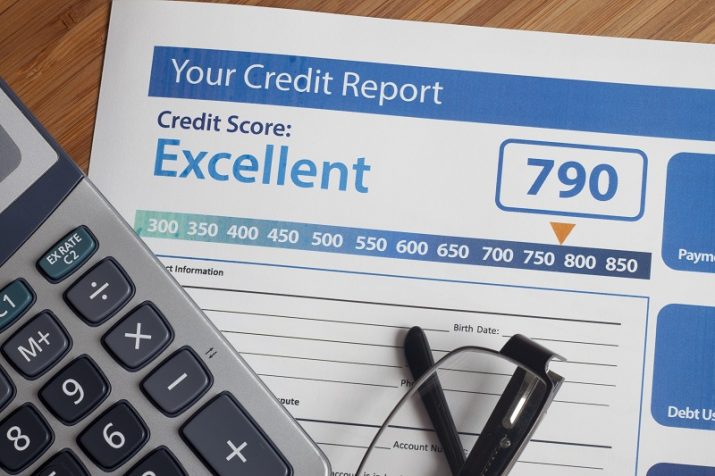6 Step To Improve Your Credit Score Now
By SJW
December 2, 2008 • Fact checked by Dumb Little Man

Your credit score is probably the single most important number in your financial life. Sadly, it’s become one of the only ways businesses can judge the creditworthiness of a person. Use of your credit report has infiltrated areas we never thought it would – from job applications to insurance premiums.
I recently learned the impact credit score has on interest rates after finding out a single point could cost you thousands of dollars in interest payments on a mortgage.
That being said, there are several simple and legal steps you can take to improve your score:
- Get It For Free
The first step in improving your credit score is to constantly monitor your credit history by getting your report for free from AnnualCreditReport.com. The Fair Credit Reporting Act requires that the three nationwide consumer reporting companies (Equifax, Experian and TransUnion) provide a copy of your credit report every twelve months. You can learn more about the FCRA’s mandate at the FTC.gov website set up for this.
- Correcting Errors
Once you get a copy of your credit history, look it over and dispute anything that’s wrong. You could have an account listed that isn’t yours or one that’s listed as delinquent when it’s not. The statistics on the number of errors in credit reports is astounding (79% may have errors)and chances are something in your report is wrong and adversely affecting your score.
- Stop Applying for New Credit
10% of your score is based on your requests for new credit. 15% of your score is based on the length of your credit history. When you apply for new credit, both of those figures are negatively affected. Just think of it this way, if you were going to lend someone money, would you lend it someone who has been looking for credit recently or someone who hasn’t? Lenders aren’t that much different.
- Pay Down Debt
30% of your score is based on the how much of your available credit is being utilized; the lower the better. If you have $10,000 of available credit and you’re using $8,000, your score would be lower than if you were only using $1,000 or $2,000. Again, think back to if you were a lender. If someone was using 80% of their credit, wouldn’t that set off some warning bells? They could be very creditworthy, payment history (which accounts for 35%) can attest to that, but a higher utilization figure means higher risk. By paying down debt, you’re lowering that figure.
- Request Credit Limit Increases
These days, the number of credit issuers willing to do anything but decrease your credit line is dwindling. If you ask, some credit card companies are willing to offer a credit limit increase without a credit inquiry. These are the types of increases you should try to obtain as inquiries will occasionally decrease your score by a couple points. By requesting, and being granted, an increase, you lower that utilization metric used for 30% of your score.
- Dispute Old Negatives
Finally, if you have some old negatives that you think the lender won’t, or is unwilling, to confirm if disputed – dispute them. Some smaller agencies or businesses may not care enough, or may be in such disarray, that they can’t confirm the bureaus investigation into the old negative. If there is no confirmation or paperwork officially stating that you owe them money, they cannot keep the claim active on your credit report.
With these six steps, you can improve your score without the use of any shady credit repair companies!
Share:







